Dear Editors:
I enjoyed John W. Osborn, Jr.’s fine article “Bridegrooms of Death” in the February 2005 issue of Military Heritage. It’s no wonder the Moroccan Berbers couldn’t beat the Spanish Foreign Legion. The Spanish Foreign Legion soldiers are downright frightening. Their military officer looks like he just took first place in a Charles Manson look-alike contest, and many of his soldiers have menacing appearances that would scare dogs off the back of a meat truck. Every time television cameras show the Spanish Foreign Legion, I’m reminded of Arlo Guthrie in “Alice’s Restaurant” singing about the Group W bench!
Evan Dale Santos
Adelanto, California
Dear Editors:
I read “Bridegrooms of Death” by John W. Osborn, Jr., in the February issue. It seems that Mr. Osborn has mistaken the identities of two different persons. The Jesuit priest he is talking about has never been “pushed for sainthood” as he suggests. The confusion may be on account of men having the same last name. The person proposed for sainthood is the Augustinian Bishop Anselmo Polanco, martyr of Ternel (1939) who was not a Legionnaire. He was a non-combative person, murdered by the republicans.
Maria Moreno
Republic of Panama
Dear Editors:
Your editorial on page six of the February 2005 issue of Military Heritage is an example of great and sincere writing.
For your information, the 14th Tank Battalion was in Combat Command B (CCB) of the 9th Armored Division. We were awarded the Presidential Unit Citation (PUC)–the highest award a unit can receive for combat against the enemy–for capturing the Ludendorff Bridge at Remagen, Germany, on March 7, 1945, and being the first Allied troops to cross the Rhine River. As you know, the Germans surrendered two months later.
Fifty-five years after the Battle of the Bulge, we received a second PUC for action in the battle. Our division was on the SECRET list from the time of our arrival in the ETO until January 5, 1945. As a result, our combat actions were not reported. It was not until the Cold War ended and we submitted the German records which called us the “Phantom Division” and convinced the Awards Branch that we were entitled to a second PUC.
Time has taken its toll of our WWII veterans and only a few remain. I’m confident they will enjoy and be inspired by your editorial.
Demetri Paris
President,
14th Tank Battalion Association
Silver Spring, Maryland
Dear Editors:
I have enjoyed Military Heritage magazine for quite some time now. I feel, however, that you have overlooked the history of General Francisco Villa. The leader of the famed “Division De Norte,” and General Emiliano Zapata, who was the to the southern provinces what Villa was to the north. The history of Mexico during the years of 1910-1920 was also a part of our military heritage. I am hoping you will possibly include a story or two on this time in Mexico’s history in a future issue.
Joe Alcantar
California
Shiloh
Dear Editors:
I really enjoyed the article “Death in the Woods” by Earl Echelberry about the Shiloh campaign during the American Civil War. I did, however, notice a small mistake in it. The author claims that Albert Sidney Johnston “planned to execute a turning movement with his army to get around the Federal left” and drive toward Pittsburg Landing. Pittsburg Landing was on the Union left. Wouldn’t the Confederates have to have attacked the Union right to pull off such a maneuver? It was just one small glitch in an otherwise exciting and well researched article.
Maxine Slaughter
St. Louis, Illinois
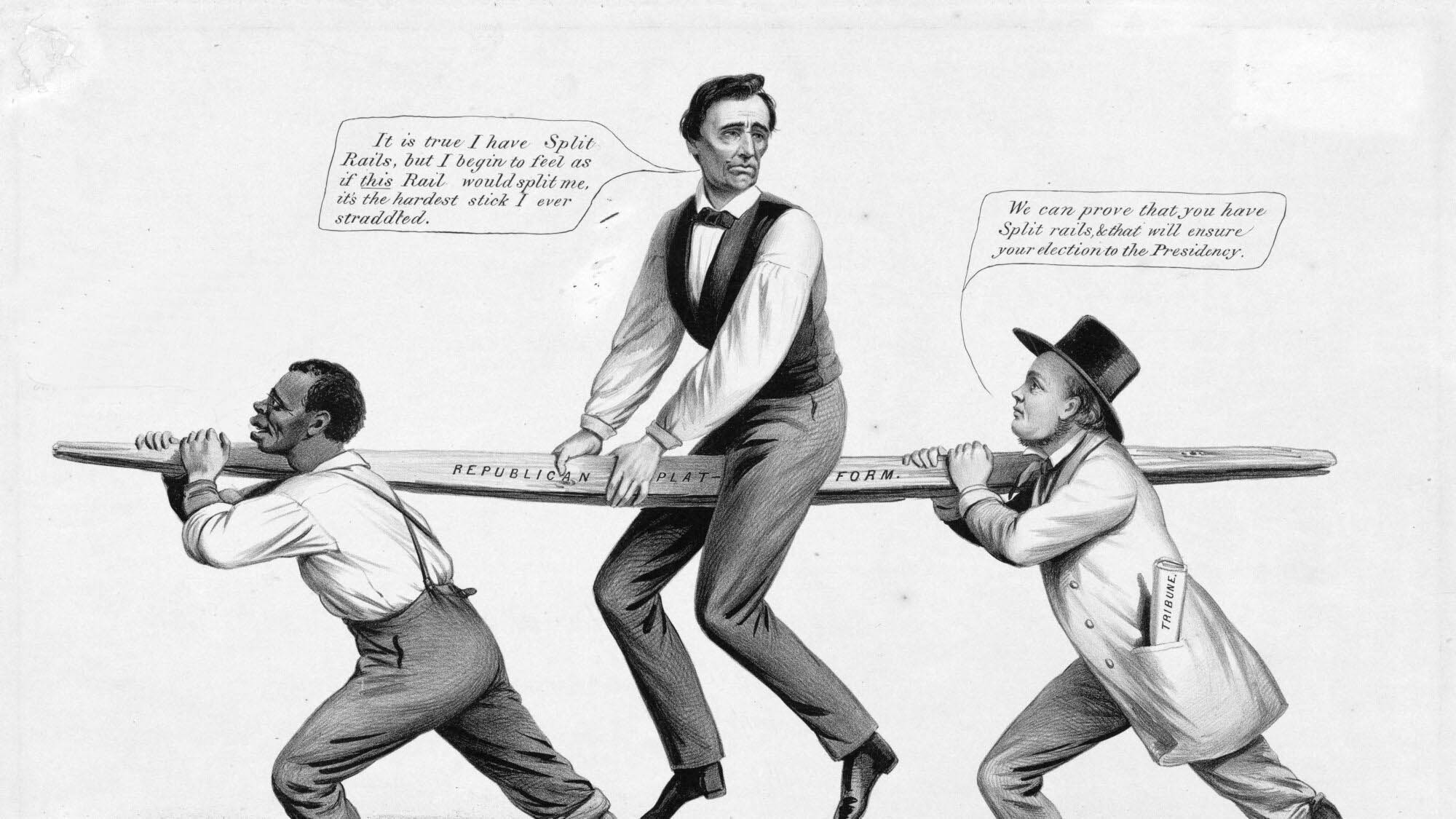
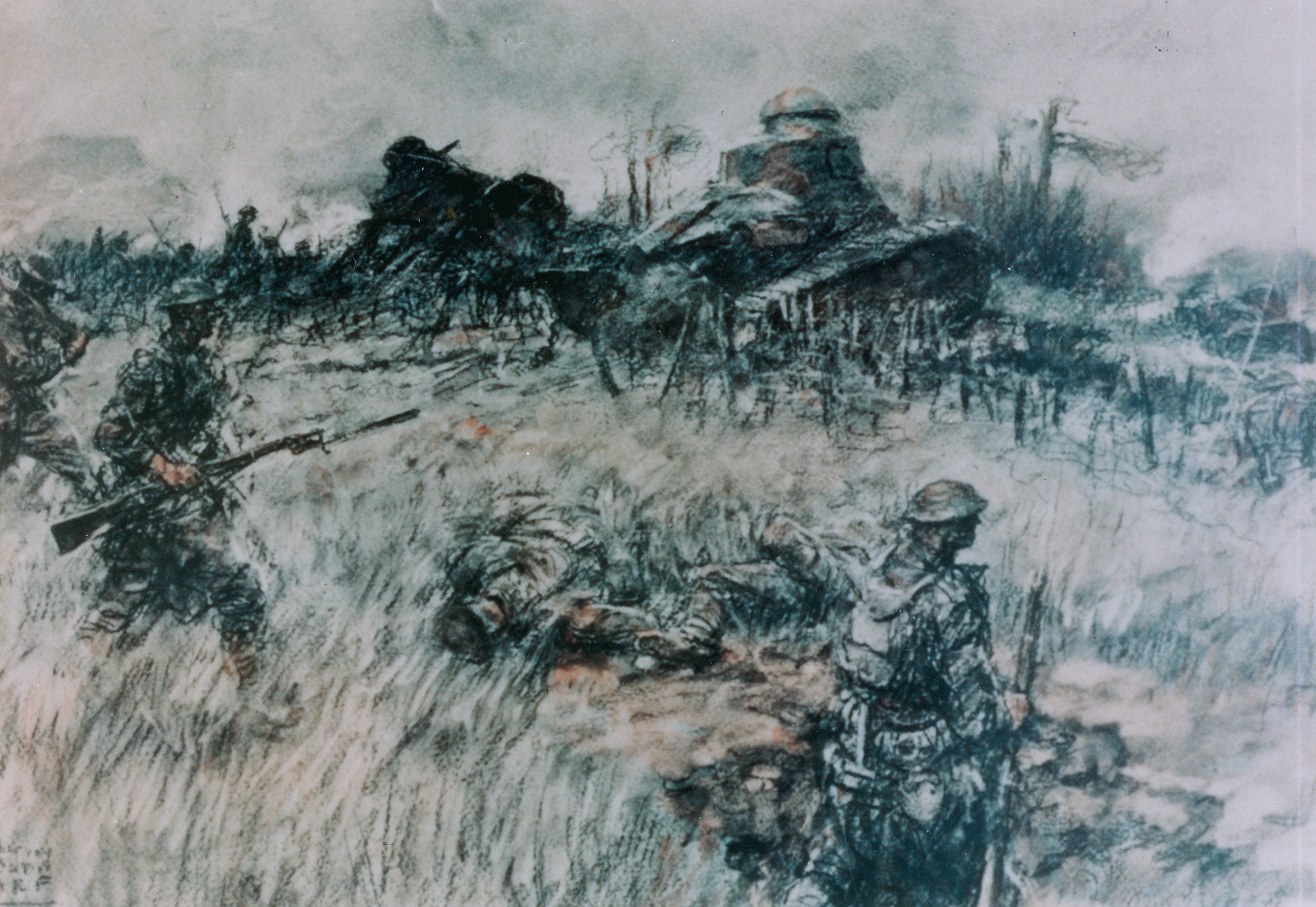
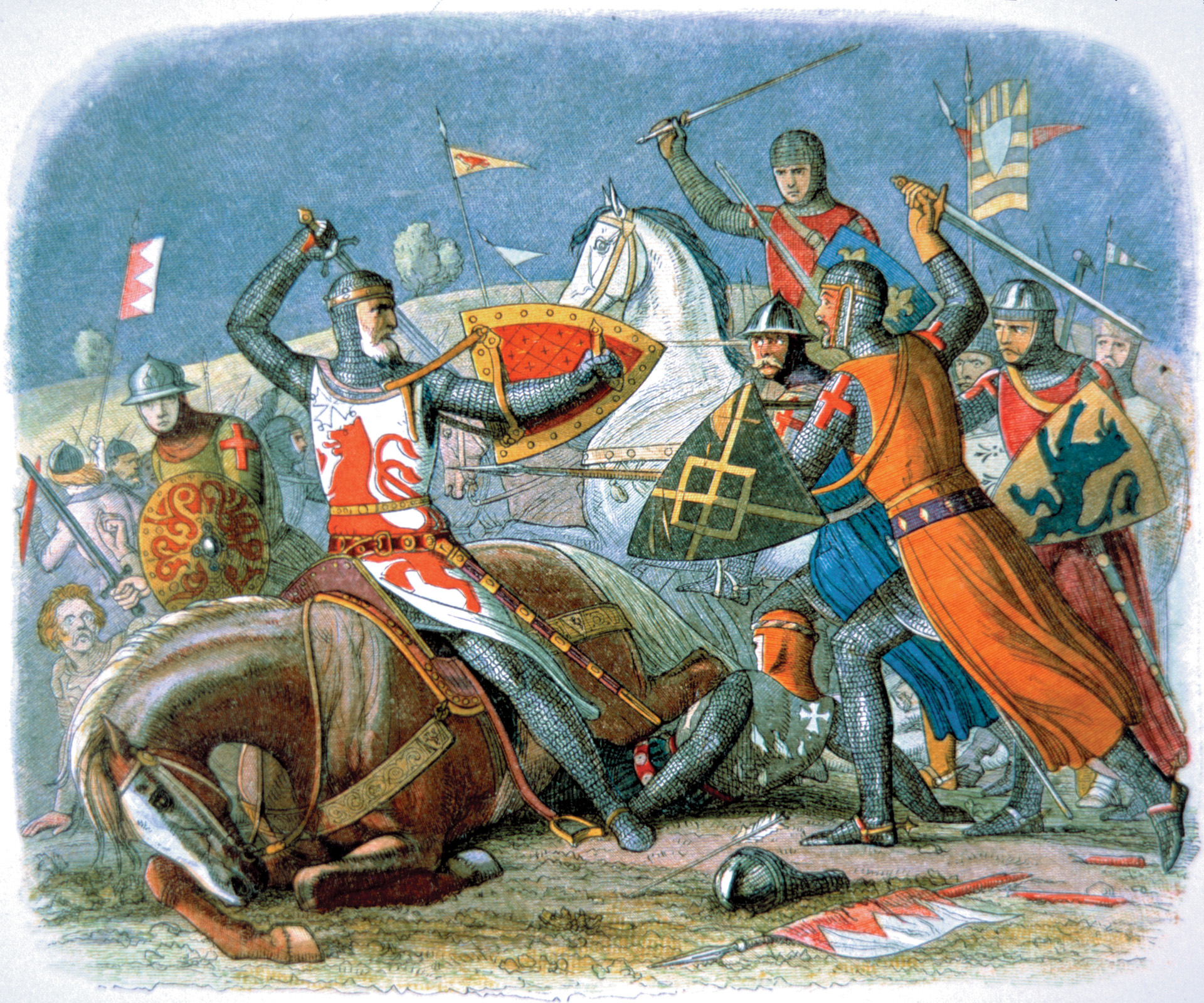
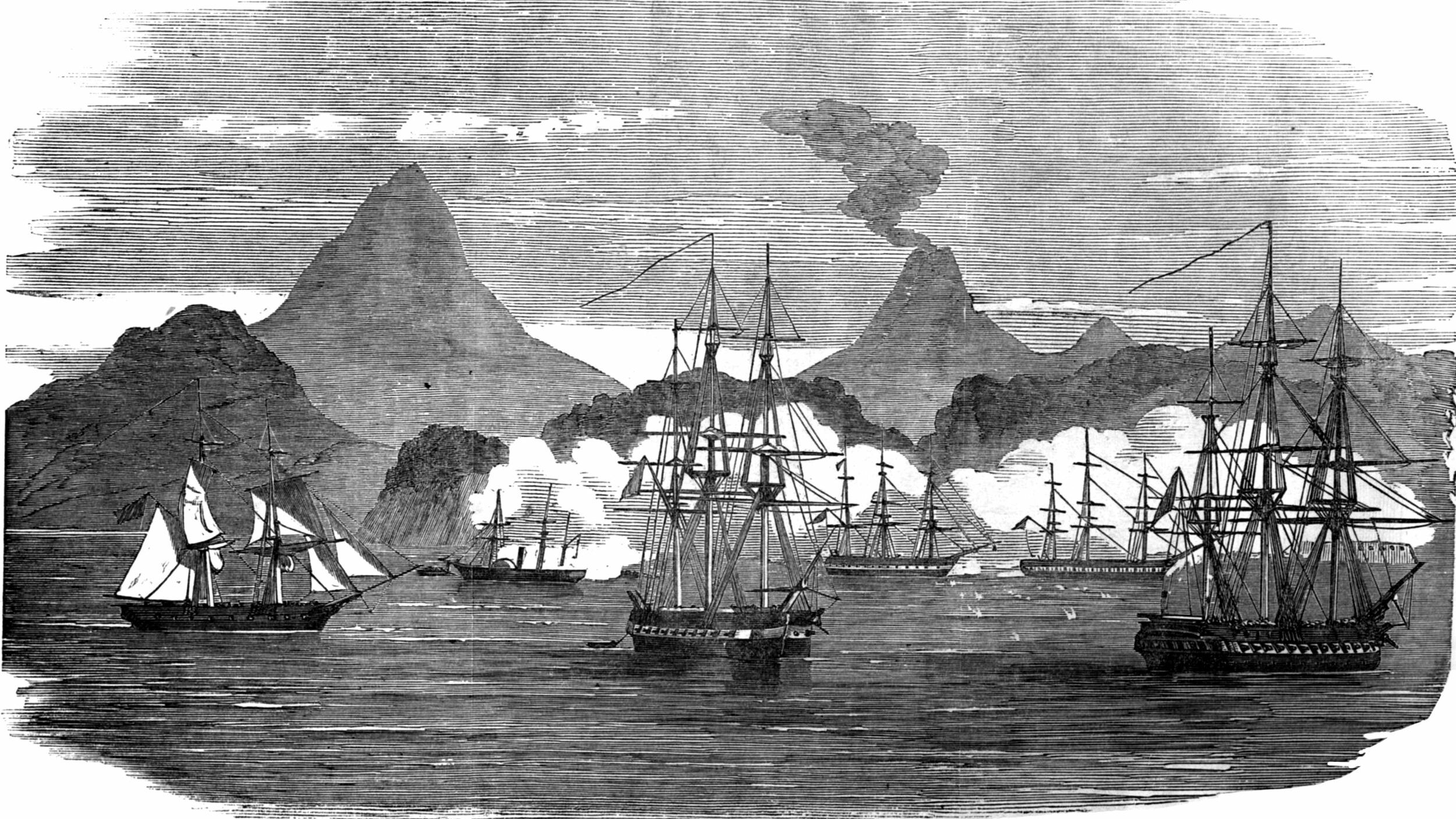
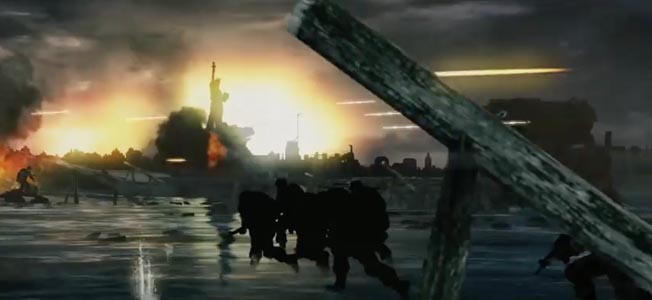

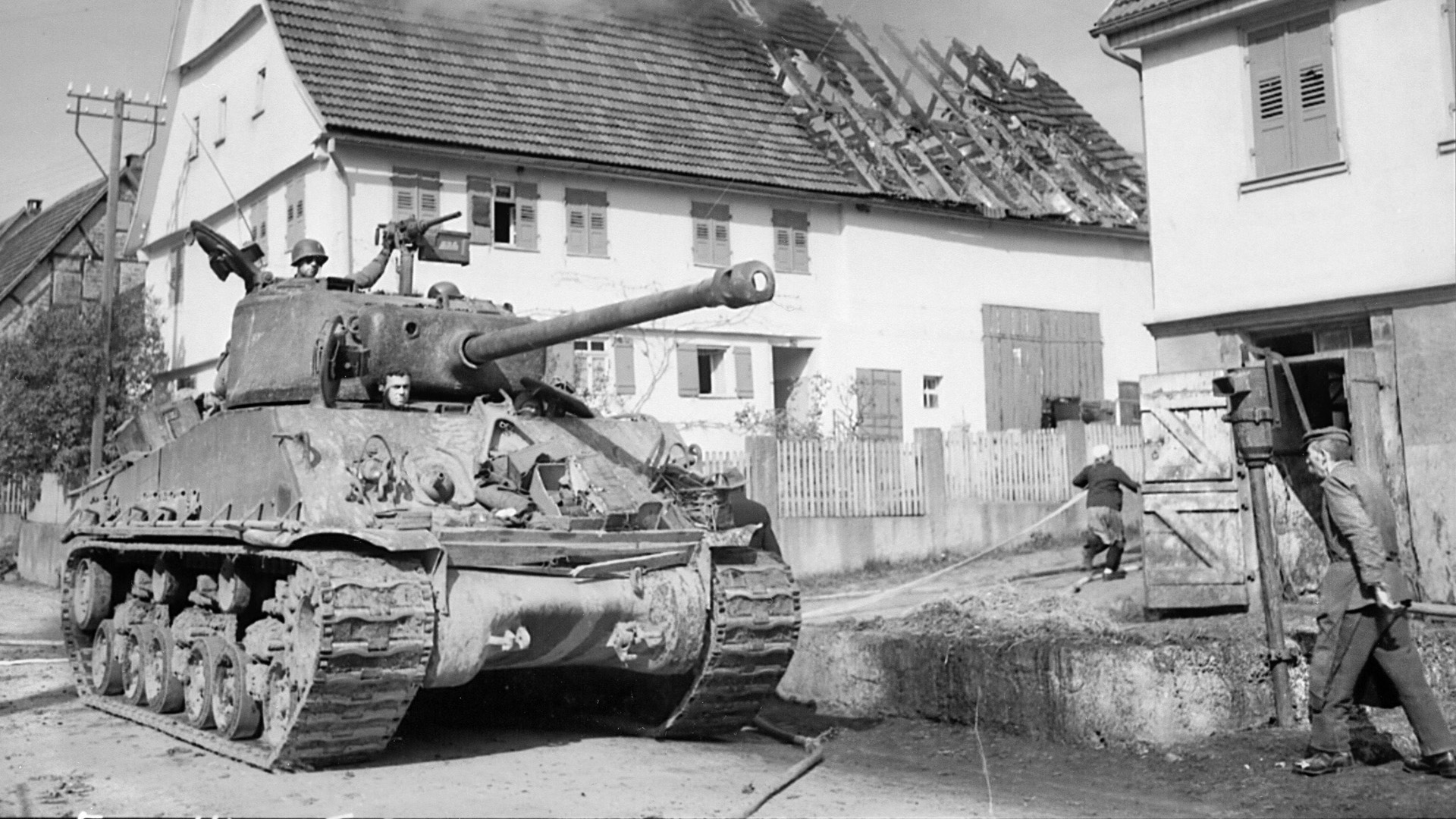
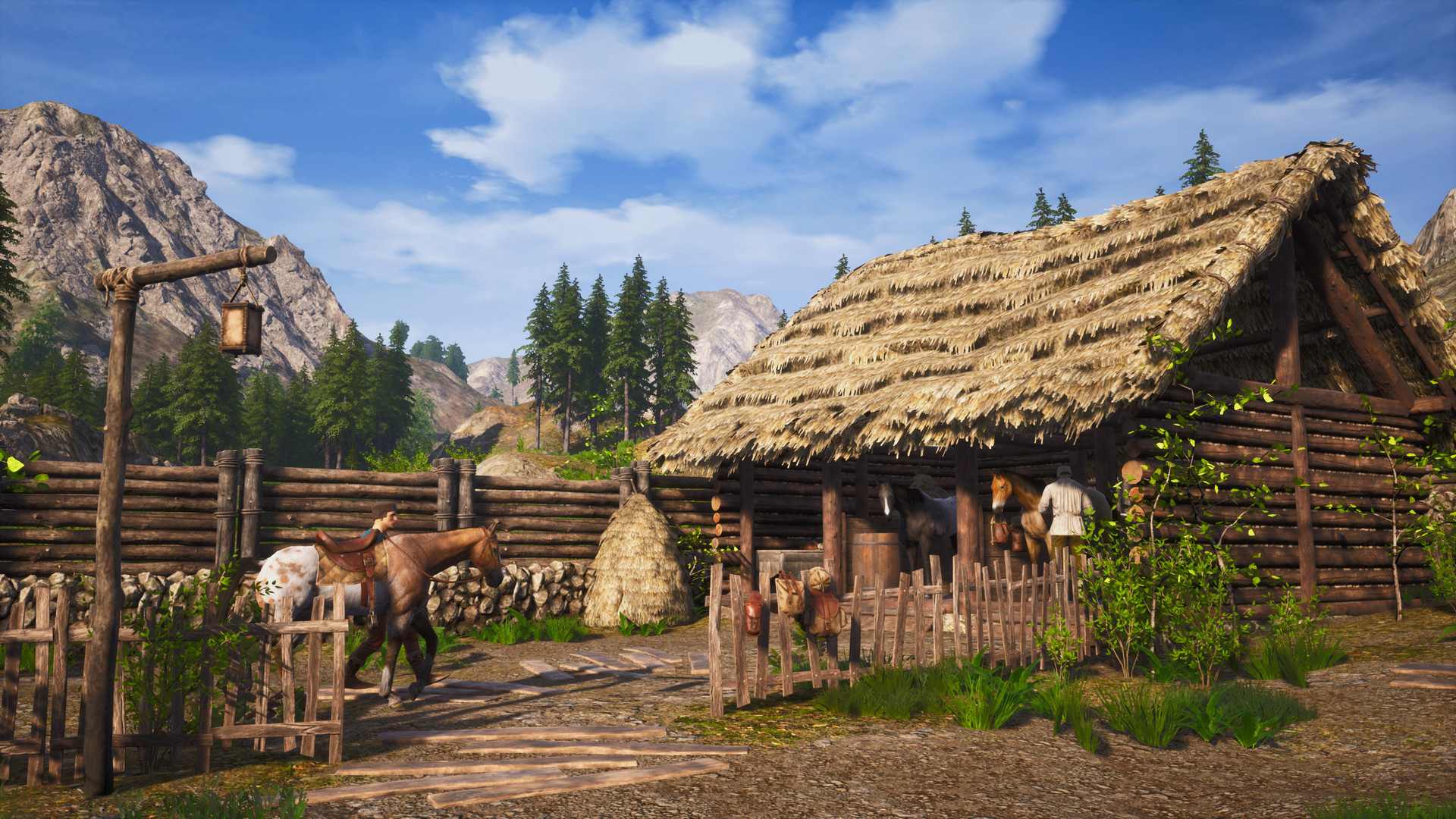
Join The Conversation
Comments
View All Comments